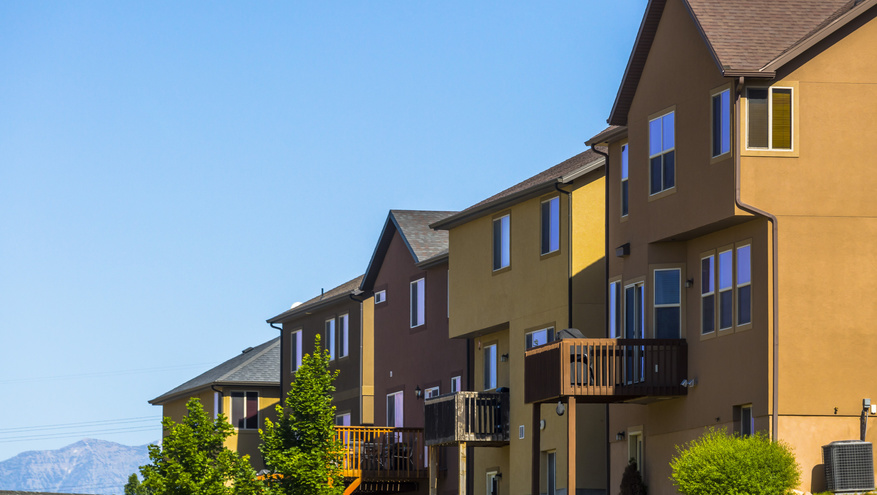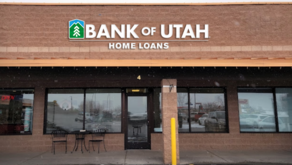As we reported in June, tightened federal lending standards are making it more difficult and more expensive to get mortgage loans for investment properties and second homes. At that time, Bank of Utah created a new portfolio mortgage loan — the 30/15 Investment loan — to keep customers from encountering higher rates and fees when borrowing for investment properties (properties that are not occupied by the owner and are purchased to generate income).
We are pleased to announce that, on July 6, we also added a 30/15 Second Home loan for customers seeking a mortgage for a second home (a property, typically a vacation home, that isn’t lived in full time but isn’t used for rental income purposes).
We’ll discuss the new loans in detail, but it will be easier to understand if we first explain the federal changes that prompted Bank of Utah to offer them.
New Federal Rule: Explained
In January 2021, the U.S. Department of the Treasury and the Federal Housing Finance Agency (FHFA) announced an amendment to the Preferred Stock Purchase Agreements between the Treasury and both Fannie Mae and Freddie Mac. The amendment imposed a cap on the number of investment property and second home mortgages Fannie and Freddie (both government-sponsored entities, or GSEs) can purchase from the nation’s mortgage lenders.
Essentially, that means that mortgage loans secured by investment properties and second homes cannot exceed 7 percent of the total volume that is sold to the GSEs by any one lender. Previously, there had been no limit.
According to the FHFA, the amendment ensures that Fannie Mae and Freddie Mac’s business activities are “consistent with their mission” to support homeownership. But what does this mean for real estate investors and borrowers?
New Federal Rule: What Borrowers Need to Know
With the institution of the 7 percent cap, lenders can’t be certain they’ll be able to sell all of their investment property and second home loans to Fannie Mae or Freddie Mac. If they aren’t able to sell, many lenders will be forced to either reduce the number of loans they originate or shift the cost onto borrowers in the form of additional fees and/or higher interest rates.
This is where Bank of Utah can help.
As one of the strongest banks in the U.S., with over $2 billion in assets, Bank of Utah has access to portfolio funds and capital, and can keep investment property and second home loans in house rather than sell them on the secondary market. This is advantageous to borrowers for several reasons:
- Their mortgages will be owned by their local community bank.
- They will have the ability to get these types of loans, even with the new stringent federal rule.
- They will also have access to better interest rates, with our new 30/15 Investment and 30/15 Second Home loans.
New Bank of Utah 30/15 Investment Loan: How it Works
Our 30/15 loans are balloon loans, meaning monthly mortgage payments are based on typical 30-year loan terms, but the loans themselves are due after 15 years.
The criteria for the both the investment and second home loans are:
- Purchase, refinance and cash out refinance allowed
- Available for investment properties located in Utah, Arizona, Colorado, Idaho and Nevada
- Loan amounts from $75,000 to $600,000
- Certain credit scores, loan-to-value ratios and debt-to-income ratios also required
If you’re in the market for an investment property or second home, reach out to a Bank of Utah mortgage loan officer today to discuss the loan requirements and processes in detail. Our criteria is similar to Fannie Mae and Freddie Mac’s, and in some instances, Bank of Utah can even offer better interest rates by keeping the loan in house rather than selling it.
Let us know how we can help you fund your investment property or second home.
 John Serfustini is an assistant vice president and secondary marketing manager for Bank of Utah.
John Serfustini is an assistant vice president and secondary marketing manager for Bank of Utah.




